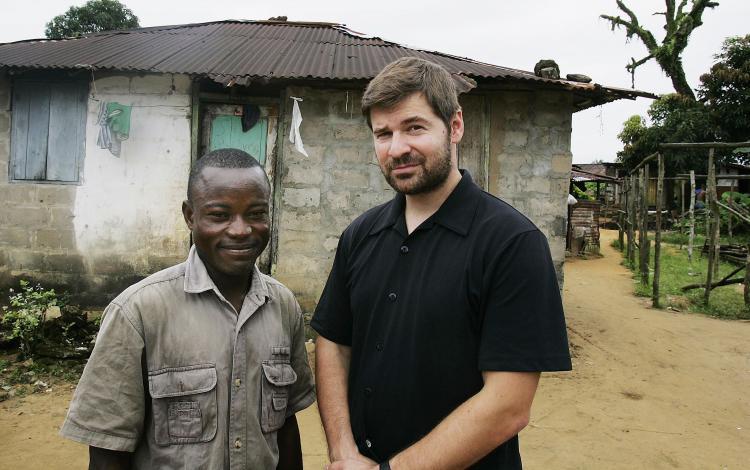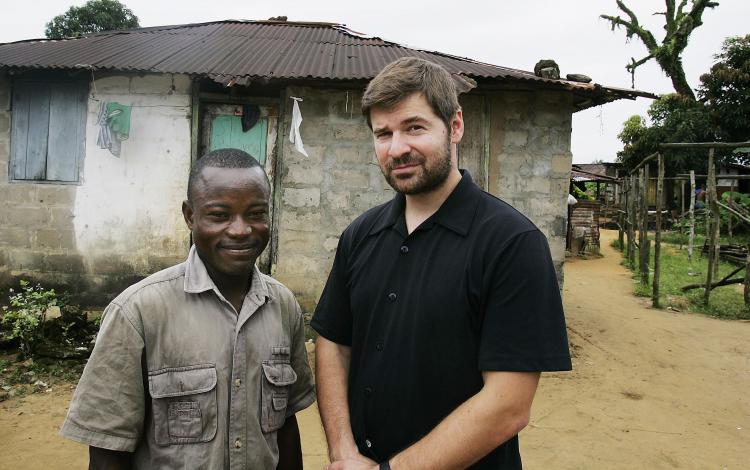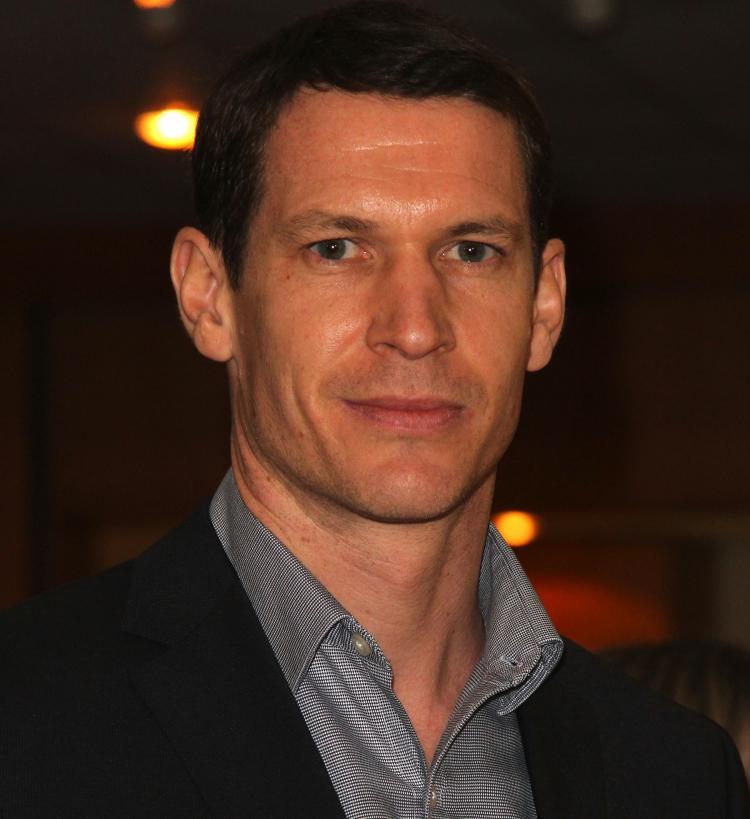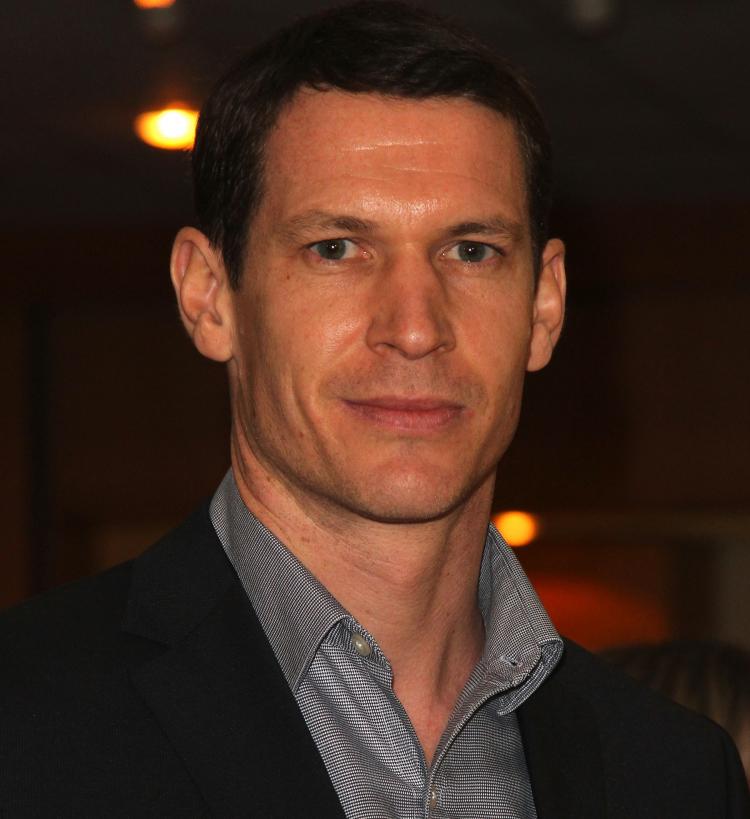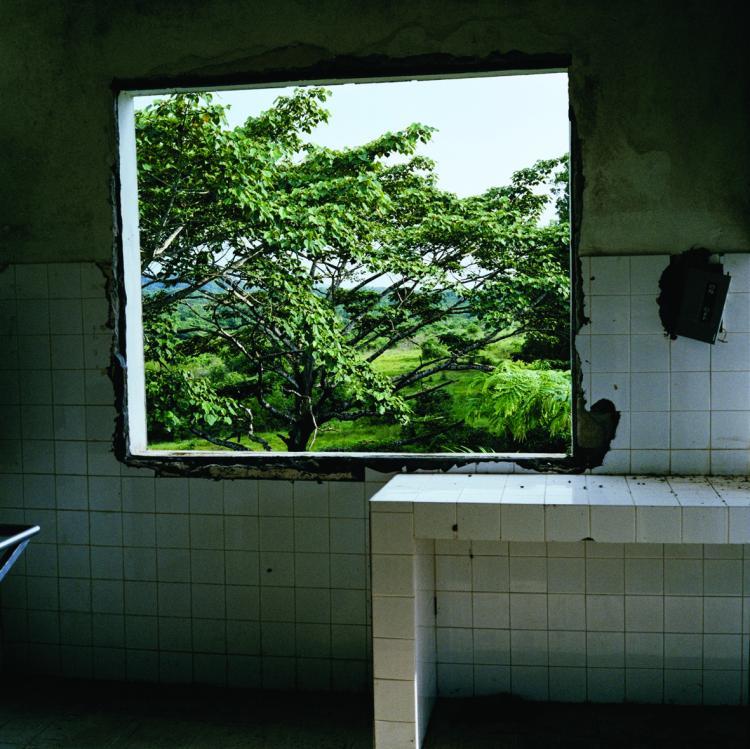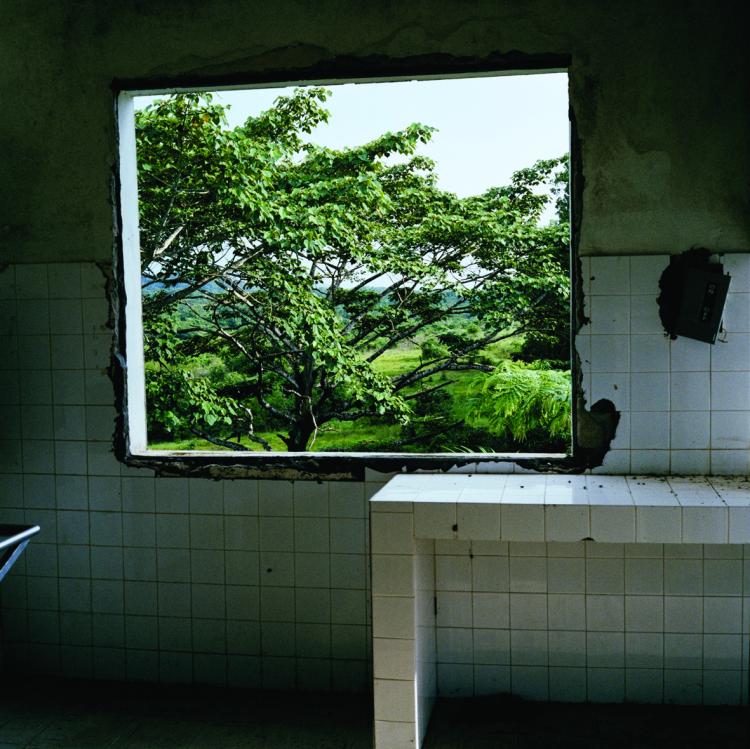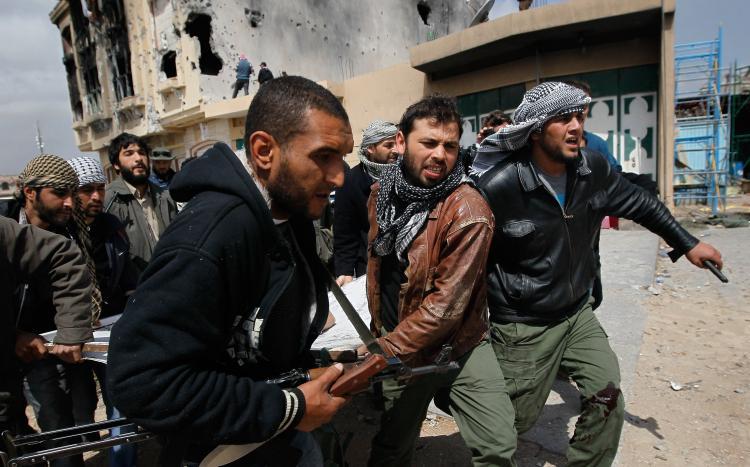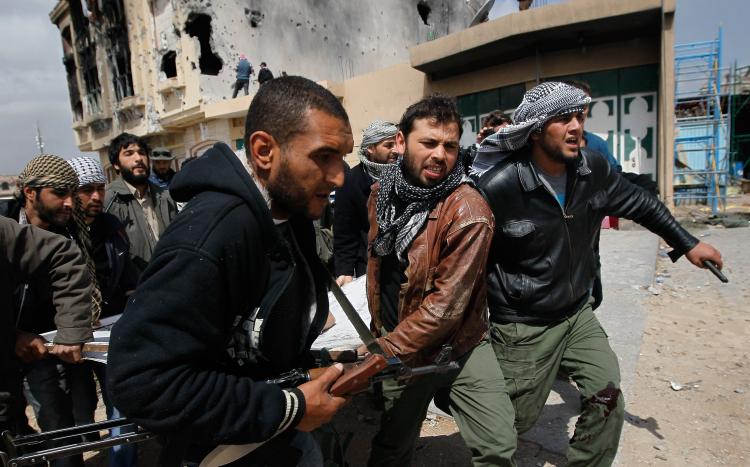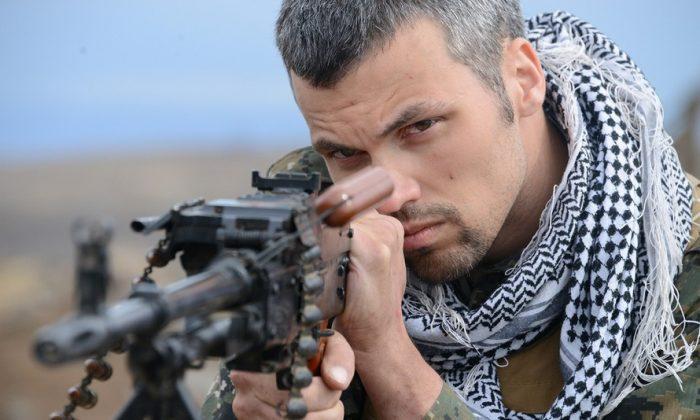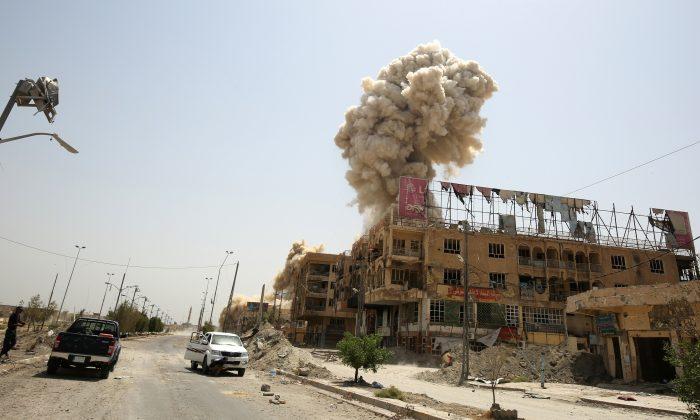During the forum we saw a photo/video/audio montage called “Sleeping Soldiers” made from material he gathered while embedded with the U.S. Army in Afghanistan’s deadly Korengal Valley.
He spent a year going back and forth to document the lives of one unit there with his colleague, Sebastian Junger, on assignment for Vanity Fair. The footage from Afghanistan would later become the award-winning and Oscar-nominated documentary “Restrepo.”
What was so striking about Tim and his work was his ability to be his own person. His montage, documentary, books on both Afghanistan and Liberia, were unconventional in their conception, process of capturing, and delivery. In Afghanistan he worked with a video camera strapped around one shoulder and a still camera strapped around the other.
Tim didn’t like labels. He wasn’t particularly concerned with money. During an interview I did with him about his photography book, “Long Story Bit by Bit: Liberia Retold,” Tim told me point blank that he wasn’t even that interested in the medium.
“I like ideas,” he told me. “I’m not really interested in photography. I’m not interested in being relegated into the shoebox of photographers—into an art gallery, into the way that photographers are taught to by mainstream discussion.”
He spent a year going back and forth to document the lives of one unit there with his colleague, Sebastian Junger, on assignment for Vanity Fair. The footage from Afghanistan would later become the award-winning and Oscar-nominated documentary “Restrepo.”
What was so striking about Tim and his work was his ability to be his own person. His montage, documentary, books on both Afghanistan and Liberia, were unconventional in their conception, process of capturing, and delivery. In Afghanistan he worked with a video camera strapped around one shoulder and a still camera strapped around the other.
Tim didn’t like labels. He wasn’t particularly concerned with money. During an interview I did with him about his photography book, “Long Story Bit by Bit: Liberia Retold,” Tim told me point blank that he wasn’t even that interested in the medium.
“I like ideas,” he told me. “I’m not really interested in photography. I’m not interested in being relegated into the shoebox of photographers—into an art gallery, into the way that photographers are taught to by mainstream discussion.”
Something else he told me during that interview is how vital it is to comprehend visual images, since they are all around us.
“We all think we understand what pictures are about, but yet very few of us actually understand how to dissect pictures, how to read them properly,” he said. “We get the messages from them; we don’t necessarily know how to read them. Because we can all see, we think that therefore making pictures is elementary. So a photographer is almost like a second-class citizen. I’m not interested in photography in that way. I’m interested in visual communication. When you start to think in that way—who cares about photography? Who cares about video? It’s not interesting. But visual communication is extremely interesting, and in fact holds huge amounts of power over people without them even realizing it.”
That emphasis on communication, and not the medium, that Tim always advocated for was only part of what made him so special. He was also an incredible human being, who wanted to understand others.
“We all think we understand what pictures are about, but yet very few of us actually understand how to dissect pictures, how to read them properly,” he said. “We get the messages from them; we don’t necessarily know how to read them. Because we can all see, we think that therefore making pictures is elementary. So a photographer is almost like a second-class citizen. I’m not interested in photography in that way. I’m interested in visual communication. When you start to think in that way—who cares about photography? Who cares about video? It’s not interesting. But visual communication is extremely interesting, and in fact holds huge amounts of power over people without them even realizing it.”
That emphasis on communication, and not the medium, that Tim always advocated for was only part of what made him so special. He was also an incredible human being, who wanted to understand others.
Once an Epoch Times colleague and I had lunch with Tim, and he wouldn’t stop asking us questions. So when we remembered Tim on Wednesday, it was moments like that that came to mind. The jokes he made, often at his own expense. The unexpected, quick-witted observations and candid comments that came flying out of his mouth laced with a very British accent. To know him was to love him. What other choice do you have when a seriously accomplished, acclaimed photographer and videographer is so down-to-earth and self-effacing?
Chris Hondros was a newer friend who I just met this past November. Smart, strong, and very funny, Chris could warm an entire room. Last December, he moderated a forum for The Epoch Times and deftly commanded the stage and the audience. Afterward, he enthusiastically told us to have a forum every month for the next couple of years, and he would moderate. He loved every minute of it, even though he wasn’t in the limelight. He wanted people to know about the tremendous work of his colleagues, like photographer Ashley Gilbertson, whom he hosted that evening.
I will always remember that about Chris—his generosity. He was constantly traveling for work and yet wanted to do and give more. In fact, he planned on hosting a forum for us in May. The last time I heard from him was on April 1, in response to an e-mail.
“I’m heading to Libya this weekend but should be back in a few weeks,” he wrote. The tone of his e-mail was enthusiastic and excited, and I remember thinking after seeing the e-mail how much he seemed to love his work. It certainly showed. The photographs he filed from Libya are unbelievable.
The world needs more people like Tim Hetherington and Chris Hondros. It is a small comfort that they lived and died doing what they loved, but it is a great relief that they both left a legacy of remarkable work behind for future generations.
Chris Hondros was a newer friend who I just met this past November. Smart, strong, and very funny, Chris could warm an entire room. Last December, he moderated a forum for The Epoch Times and deftly commanded the stage and the audience. Afterward, he enthusiastically told us to have a forum every month for the next couple of years, and he would moderate. He loved every minute of it, even though he wasn’t in the limelight. He wanted people to know about the tremendous work of his colleagues, like photographer Ashley Gilbertson, whom he hosted that evening.
I will always remember that about Chris—his generosity. He was constantly traveling for work and yet wanted to do and give more. In fact, he planned on hosting a forum for us in May. The last time I heard from him was on April 1, in response to an e-mail.
“I’m heading to Libya this weekend but should be back in a few weeks,” he wrote. The tone of his e-mail was enthusiastic and excited, and I remember thinking after seeing the e-mail how much he seemed to love his work. It certainly showed. The photographs he filed from Libya are unbelievable.
The world needs more people like Tim Hetherington and Chris Hondros. It is a small comfort that they lived and died doing what they loved, but it is a great relief that they both left a legacy of remarkable work behind for future generations.
